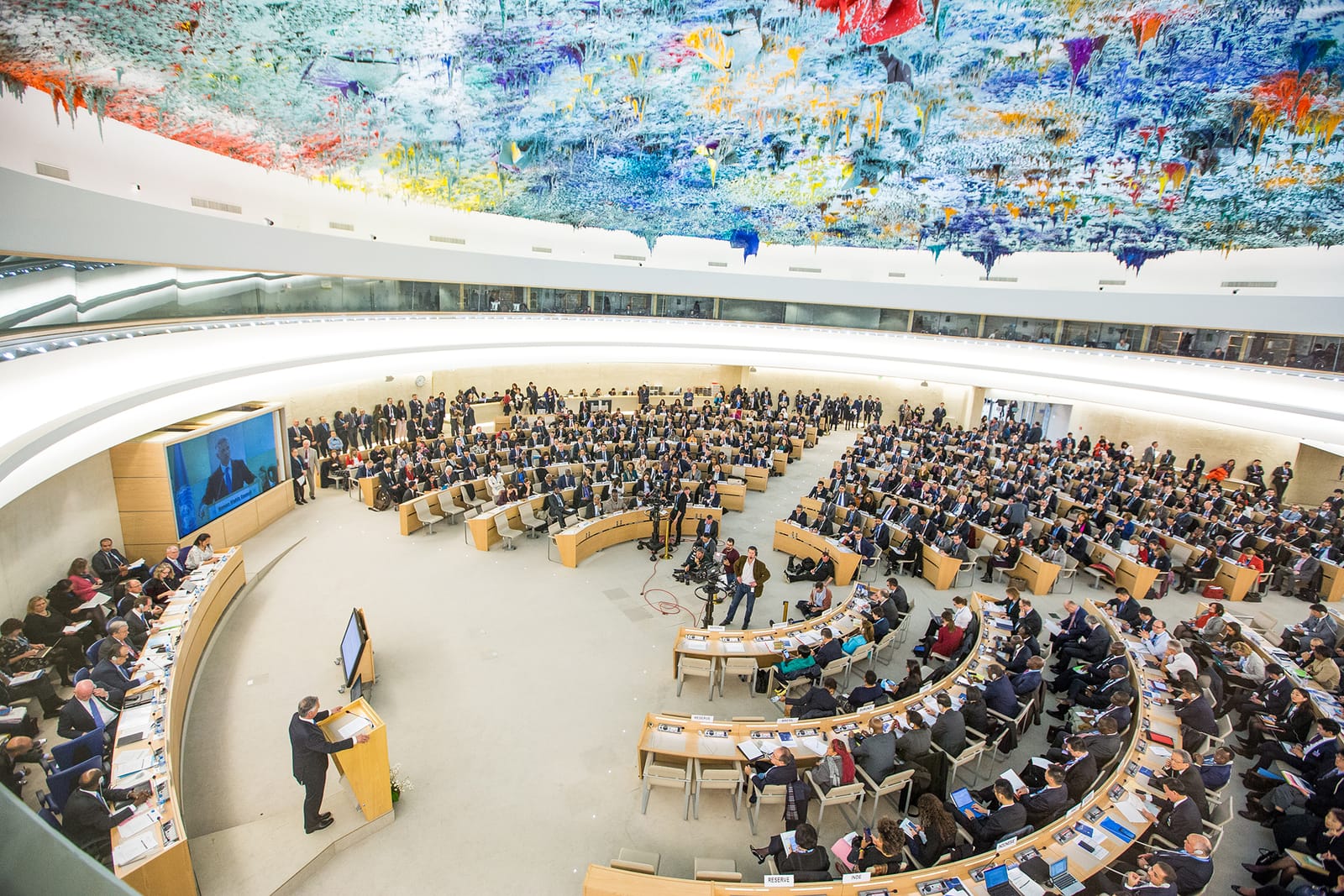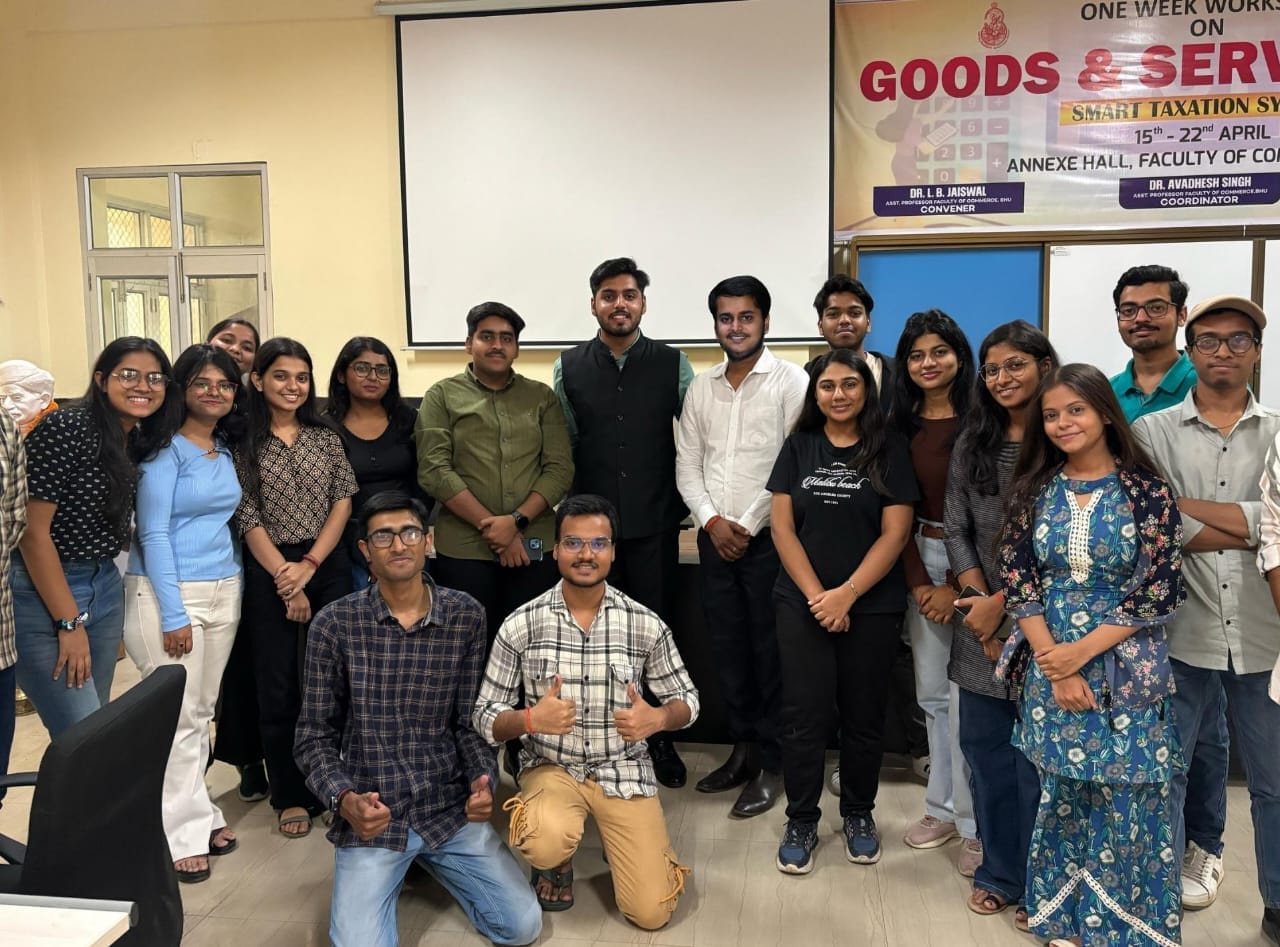As ideological divisions deepened between the Eastern and Western blocs, student organizations became arenas for the broader geopolitical struggle between capitalism and communism.
In 1950, discontent with the International Union of Students (IUS) among Western student organizations led to the creation of an alternative body—the International Students Conference (ISC). This initiative was spearheaded by prominent student leaders like Olof Palme, who later became the Prime Minister of Sweden. Palme, then a student leader in Sweden, and other Western leaders met to discuss forming an organization that would focus on exchanging ideas and practical activities without taking a partisan political stance. The first formal conference of the ISC took place in Edinburgh in 1952, where a constitution was adopted, and the organization established its headquarters in Leiden, Netherlands.
The ISC aimed to provide a platform for student cooperation on issues directly affecting student life, such as travel, exchange programs, and student welfare, without delving into broader political or ideological debates. John Thompson, the first General Secretary, oversaw the ISC's activities, which included publishing a color magazine called "The Student," organizing travel and exchange programs, and supporting student relief efforts. One notable initiative was the ISC's assistance to Hungarian students exiled after the Hungarian Revolution of 1956.
Despite its efforts to avoid partisan politics, the ISC soon encountered the same tensions that had plagued the IUS. The primary source of contention was the ISC's refusal to take a strong position on anti-colonial struggles, which many student organizations from Africa, Asia, and Latin America saw as a critical issue. These organizations wanted the ISC to actively support their liberation movements, while some European and North American members preferred to avoid such politically charged topics.
To facilitate participation from countries in the Global South, the ISC relied on funding from various foundations, such as the Foundation for Youth and Student Affairs and the San Jacinto Fund. However, in 1967, an American alternative magazine, Ramparts, revealed that many of these foundations were actually fronts for the CIA, used to influence and monitor student movements worldwide. This revelation caused a significant scandal and led to widespread disillusionment with the ISC among its member organizations.
The exposure of CIA funding not only discredited the ISC but also highlighted the extent to which Cold War politics had infiltrated student movements. The ISC's credibility was severely damaged, leading to the withdrawal of several national unions and ultimately contributing to the organization's decline.
Concurrently, in 1968, the Prague Spring—a period of political liberalization in Czechoslovakia—was brutally suppressed by the Soviet Union. This event further polarized student organizations and deepened the mistrust between Eastern and Western blocs. The failure of the IUS to condemn the Soviet invasion led to additional resignations and a loss of support from student unions that sought to maintain their independence from Soviet influence.
Amid these geopolitical tensions, student movements around the world were experiencing a surge of activism. The late 1960s saw widespread student protests addressing a range of issues, from civil rights and opposition to the Vietnam War in the United States, to demands for educational reform and social justice in Europe, Latin America, and Asia. Iconic events such as the May 1968 protests in Paris, the Tlatelolco massacre in Mexico, and student demonstrations in Japan and South Africa highlighted the global nature of student activism during this period.
In Paris, students initially protested against the closure of the Sorbonne University, but the movement quickly escalated into a broader challenge to the French establishment, encompassing demands for educational reforms, workers' rights, and an end to the consumer society. The violent clashes with police and the general strike that paralyzed France in May 1968 became a symbol of the power and potential of student movements to instigate societal change.
Similarly, in Mexico, student protests against government repression culminated in the Tlatelolco massacre on October 2, 1968, where hundreds of students were killed by government forces. This brutal crackdown highlighted the risks faced by student activists and the lengths to which authoritarian regimes would go to suppress dissent.
In the United States, student movements were deeply intertwined with the civil rights movement and opposition to the Vietnam War. Organizations like Students for a Democratic Society (SDS) played a crucial role in mobilizing young people against racial segregation, economic inequality, and military intervention abroad. The Kent State shootings in 1970, where four students were killed by the National Guard during an anti-war protest, further galvanized opposition to the war and underscored the high stakes of student activism.
In response to these tumultuous events, many national student unions began to seek more localized forms of cooperation. Regional organizations such as the Latin American Council of Students (OCLAE), the All-Africa Students Union (AASU), and the Western European Students Information Bureau (WESIB) emerged as significant platforms for regional collaboration and advocacy. These organizations allowed student unions to address specific regional issues more effectively and build solidarity within a more manageable scope.
OCLAE, founded in 1966, focused on opposing neoliberalism, educational imperialism, and supporting social justice and democratic movements across Latin America. The AASU, established in 1972, played a vital role in supporting anti-colonial struggles and capacity building among African student unions. WESIB, later known as the European Students' Union (ESU), facilitated information exchange and cooperation among European student organizations, eventually becoming a key player in the Bologna Process and student mobility within Europe.
The collapse of the ISC and the declining influence of the IUS marked the end of an era for global student organizations dominated by Cold War politics. However, the spirit of international student solidarity and activism persisted, evolving into more regional and issue-specific forms. These regional organizations laid the groundwork for future efforts to re-establish a global student voice, culminating in the creation of the Global Student Forum in the 21st century.








